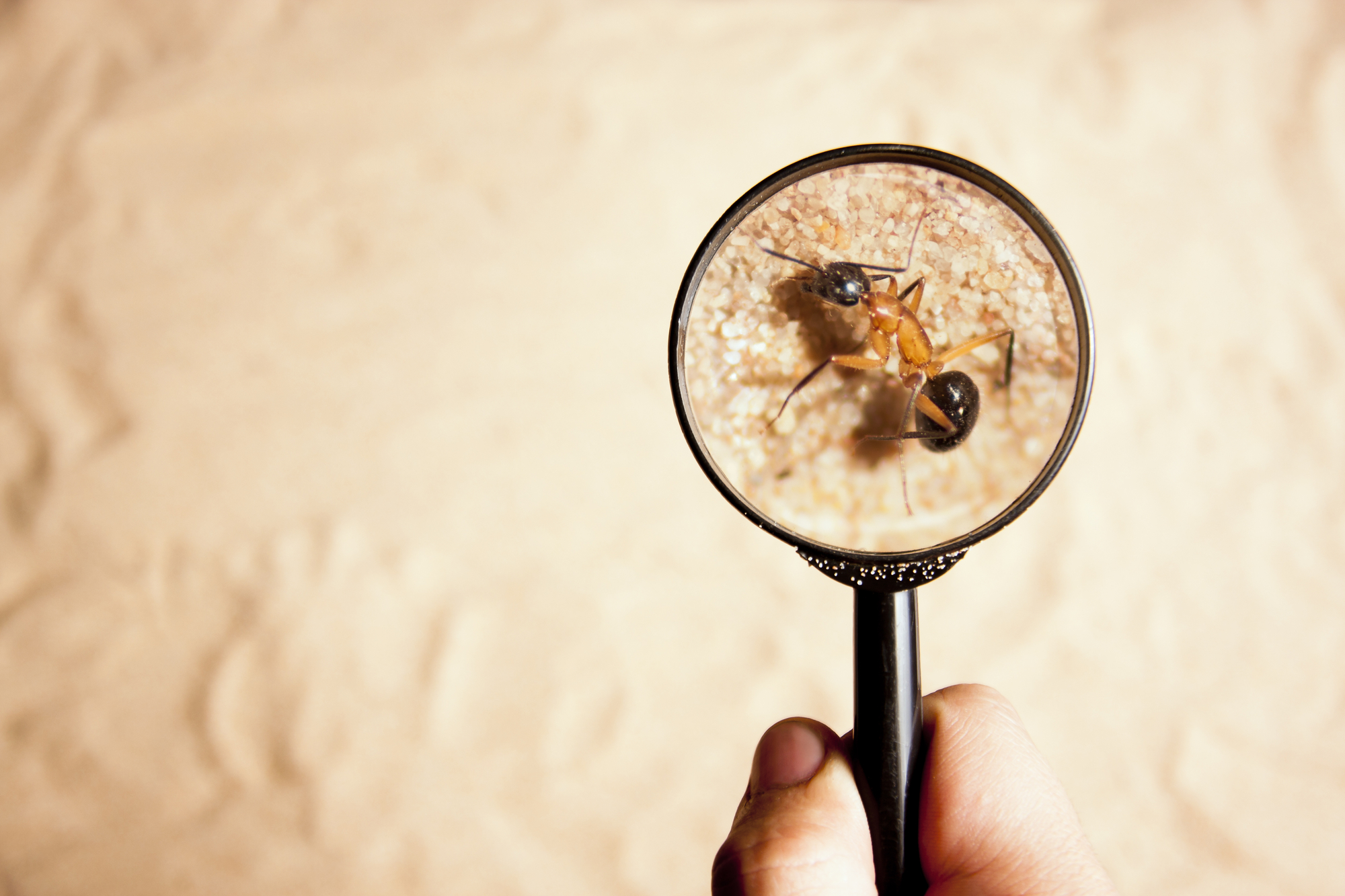Eco-friendly pest management is a topic of great importance in today’s world. As interest in sustainability rises, so does the demand for environmentally friendly solutions to common problems like pests. However, finding an effective eco-friendly pest control solution can be difficult.
There are many reasons why you might want to use an eco-friendly pest control solution. Maybe you’re concerned about the impact of chemicals on the environment, or maybe you’re interested in reducing your exposure to pesticides.
Whatever the reason, it’s important to find a solution that works.

